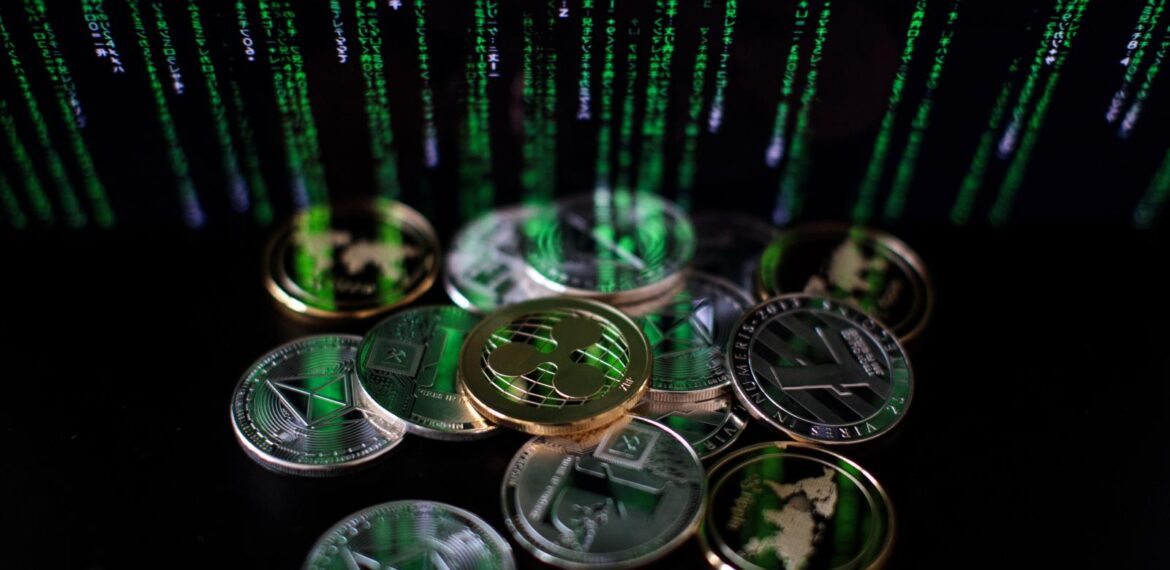Digital money (or digital currency) refers to any means of payment that exists in a purely electronic form. Digital money is not physically tangible like a dollar bill or a coin. It is accounted for and transferred using online systems. One well-known form of digital money is the cryptocurrency Bitcoin. Digital money can also represent fiat currencies, such as dollars or euros. Digital money is exchanged using technologies such as smartphones, credit cards, and online cryptocurrency exchanges. In some cases, it can be converted into physical cash through the use of an ATM.
Understanding Digital Money
A variant of digital money is already present in society today in the form of cash held in online bank accounts. This cash can be sent to others or received from them. It can also be used for online transactions.
Given these advantages, digital money has become a priority for several governments around the world. The central bank of Sweden, a country that is on its way to becoming a cashless society, has released several exploratory papers since 2017 that explore the benefits and drawbacks of introducing digital money into its economy. Meanwhile, China has already conducted pilot tests involving the DC/EP, the digital equivalent of its national currency, and is planning to release it soon. The Bahamas sand dollar is a digital iteration of the country’s national currency. It was released in October 2020.
Advantages of Digital Money
The current financial infrastructure is a complex system of many entities. Conducting a transaction between financial institutions takes time and money because they work in different technological systems and regulation regimes. The main advantage of digital money is that it speeds up transaction speed and cuts back on costs.

